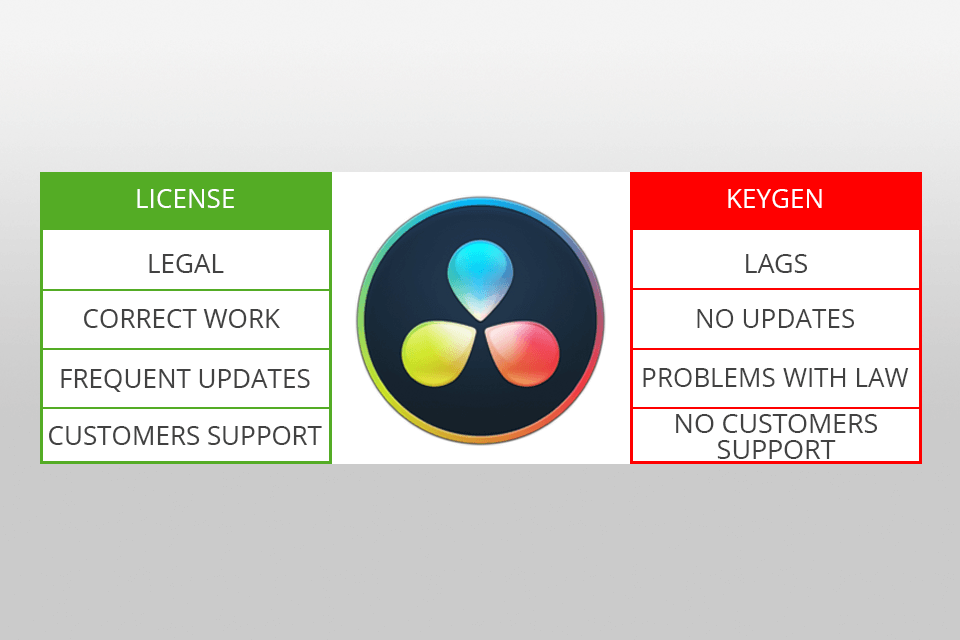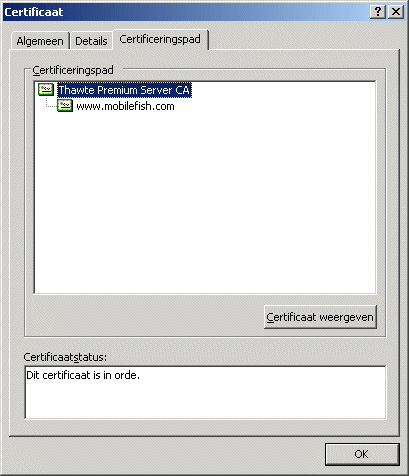

To specify an extended path, you need to use absolute paths and prefix them with \\?\. The Unicode versions allow an extended path to a maximum of 32,767 ($2^-1$) characters. RemoveDirectoryW() for RemoveDirectory), whereas the ANSI version is suffixed with an A (e.g. Those particular functions, such as RemoveDirectory(), are easy to identify as they expose the Unicode enabled version with an appended W (e.g.
#LONG PATH TOOL LICENSE KEY WINDOWS#
Nevertheless, the Windows API has functions with Unicode versions. This directly impacts the common tools we interface with on Windows, either in a command prompt ( DEL, RMDIR) or via graphical user interface applications like Windows Explorer. By default, any time a path exceeds this limit, the Windows API functions choke. As documented in the Microsoft documentation, the Windows API has a limitation of 260 characters for file and directory paths ( MAX_PATH). The issue described above is related to the Windows Maximum Path Length Limitation.

In this article I describe my findings and propose some solutions, including the convenient Winrmrf that I implemented. Various workarounds and tools are already available, but they did not work for me due to the depth of nested directories created on my Windows system.

is too long or The source file name(s) are larger than is supported by the file system.Īfter some research, I noticed that a lot of people also encountered this problem. Using the default Windows tools such as DEL, RMDIR, or Windows Explorer, resulted in errors The directory name. Over the last couple of years, I faced a Windows issue preventing me to delete directories or files with paths exceeding a certain size.


 0 kommentar(er)
0 kommentar(er)
